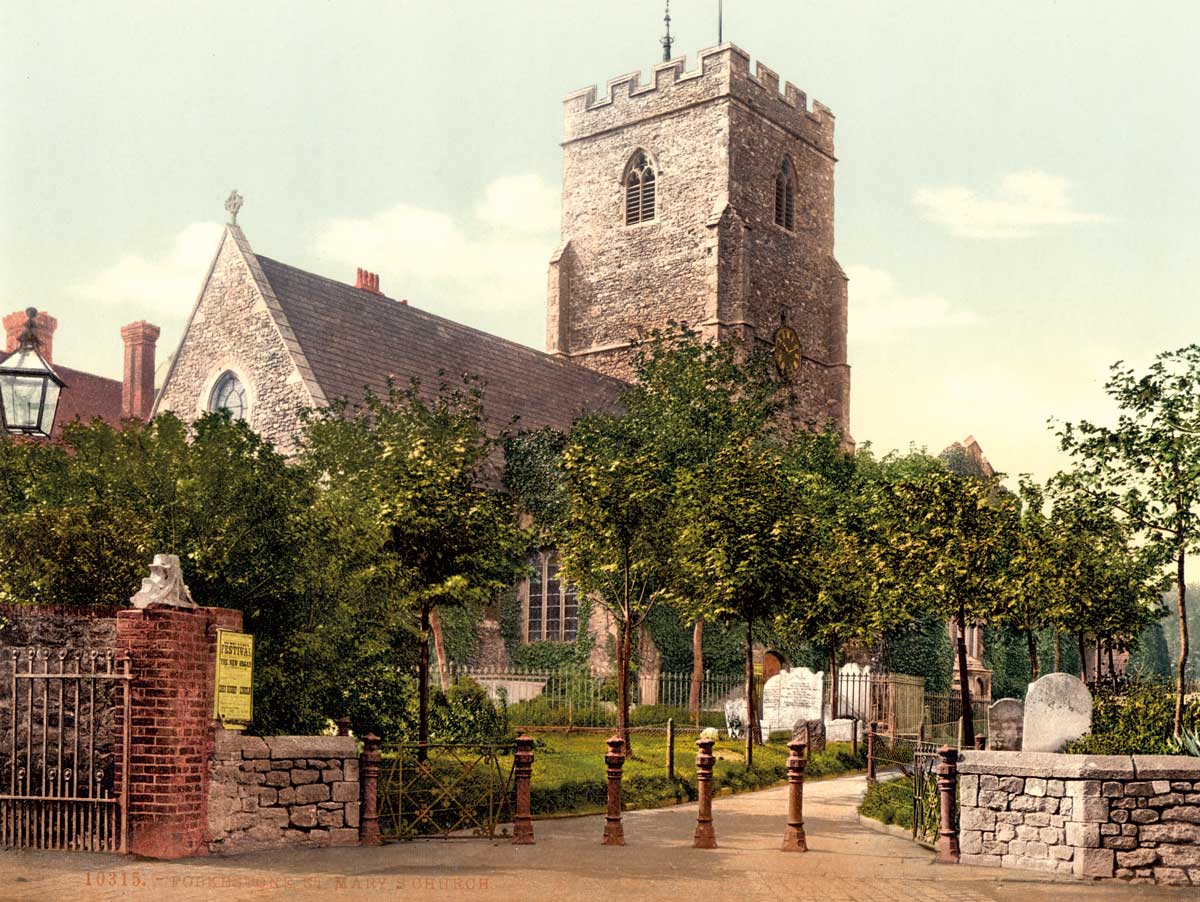How To Live Forever | History Today - 4 minutes read

A few years ago, on a grey and rainy day in April, I happened to be in Folkestone in Kent. Since there’s not much to do in a seaside town on a drizzly Sunday morning, a visit to a church seemed like the best idea. This church, dedicated to St Mary and St Eanswythe, is an imposing building, standing high on the cliffs from which the old part of the town winds down to the harbour. On that day we timed our visit well: the morning service had just finished and the rain had started coming down hard, so we were welcomed inside with solicitous kindness.
Making my way through the church, guide in hand, I was surprised by its unusual dedication to St Eanswythe (I had never heard of her), but even more surprised by what I read next: that the church believed it still possessed the relics of its Anglo-Saxon patron, which had been rediscovered in 1885, hidden in the church wall.
I could not quite believe what I was reading – not because the survival of the relics seemed implausible, but because I could not understand how I had never heard about it. St Eanswythe was the granddaughter of Æthelbert of Kent, the first Anglo-Saxon king to convert to Christianity, and his wife Bertha. They are two of the most significant figures in British history; it seemed extraordinary that a tangible link to them could exist in this young woman’s bones, hidden in a seaside church, apparently hardly noticed except in the church itself.
Since my visit, many more people have now heard of Eanswythe. The relics have been analysed as part of the community-led ‘Finding Eanswythe’ project and in March it was announced that they date to the seventh century, Eanswythe’s lifetime. They may indeed be hers.
Eanswythe has always been a little-known saint outside Folkestone, the details of her life sparsely recorded even in Anglo-Saxon sources. But that does not mean she is unimportant. Eanswythe is one of very few Anglo-Saxon saints whose relics have survived, in the same place (though not the same building) where she was first buried.
The result of this analysis is a reward for the perseverance of those who worked hard to bring it about, but also for the faith of those who carefully preserved the relics for so many centuries. How would Eanswythe’s first community have felt, when they buried their young princess, to know that her bones would still be in Folkestone 1,300 years later, in a town which in every other way would be unrecognisable to their eyes? How would the people who hid her bones to save them from destruction feel to know that their treasure would survive, when so many others have been lost? They might have hoped, but they could never have guessed how successful their rescue effort would be.
It is easy to be cynical about medieval relics; today many people are, though that does not stop discoveries like this making national news. Of course, there are the well-known stories of deception and fraud in relics, the kinds of misuse that even in the Middle Ages were mocked or condemned. But that is not the whole story, as Eanswythe’s relics remind us.
When you read medieval sources which get closer to the heart of the practice, telling the stories of individual communities and the relics of their saints, they can be very moving. The bones medieval churches treasured were the remains of people who had been loved and revered in life. For each community, their relics were literally an embodiment of what they valued most: their faith in God and in their own history, a symbol of what they had been and what they hoped would endure. In times of trouble, medieval communities held fast to their relics, anxious for a tangible sign that their saints were still with them. When they had to flee their home, they took their relics with them; when their churches burned down, they prayed by their relics amid the ruins. In Folkestone, they hid Eanswythe’s bones.
What I find poignant about these stories is that relics offer such a fragile thread of continuity – what’s more fragile than the human body? But in their vulnerability, these things of dust speak of the hope of endurance and survival, a trust that even after death we can still be connected with the people we have loved. For more than 1,300 years, that hope has lived on in Eanswythe’s relics.
Eleanor Parker is Lecturer in Medieval English Literature at Brasenose College, Oxford and writes a blog at aclerkofoxford.blogspot.co.uk